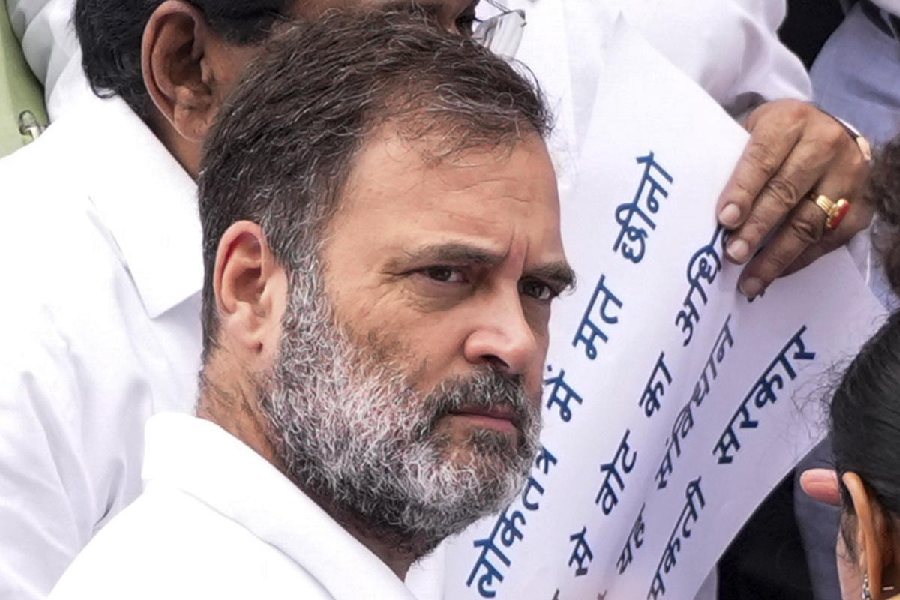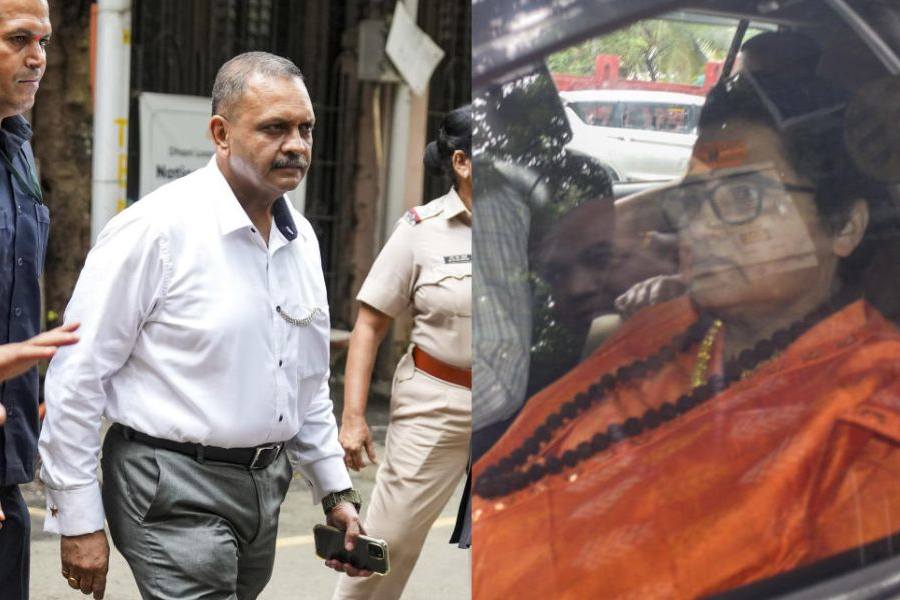 |
| The State Bank of India headquarters in Calcutta that was demolished nearly 20 years ago |
In an engrossing talk on banking in Bengal, accompanied by a slide-show that brought to life the past, Abhik Ray on Thursday traced the history of banking in old Calcutta from the days of the banian right up to the beginning of modern banks.
The banian was a native broker attached to a house of business or a man employed by a private gentleman, in many cases British, who was often engaged in trade, and whose master subsequently became indebted to him. The talk was organised by the Society for Preservation, Calcutta.
The talk had interesting nuggets of information. Ray went back to the days of Arthashastra, when he talked of indigenous bankers and how the rate of interest varied with caste.
From there to The Laws of Manu, in which a special section was devoted to ?deposits and pledges?, banking during Muslim rule and the hundi, or the inland bill of exchange, that was the major instrument of credit.
Then to the most crucial period with the arrival of the British, and moneybags like Jagat Seth, on whose entertainment Clive spent Rs 17,374 in four days. When the British settled down in Kalikata, Sutanuti and Gobindapur, the indigenous bankers of the Subarnabanik caste followed them.
In the mid-18th century, Europeans would borrow money from Indian businessmen. Though the banians of the Europeans had to perform menial tasks, they were among the richest and most influential Indians. They laid the foundation of Calcutta?s so-called aristocratic families.
The first Western-style bank ? the Bank of Hindostan ? was set up in Calcutta in 1770. Gradually, more and more banks, some founded by entrepreneurs, came up. Many of these did not survive for long. But after the failure of the Union Bank in 1836, Bengalis withdrew from mercantile pursuits and invested in landed estates.
In 1864, more than half of Calcutta?s native bankers were Marwaris, whose network gathered information faster than the Brits. From early 20th century, Marwaris turned entrepreneur and replaced the British as owners of industries.
Calcutta was the financial capital then ? Ray concluded with those days of glory.










